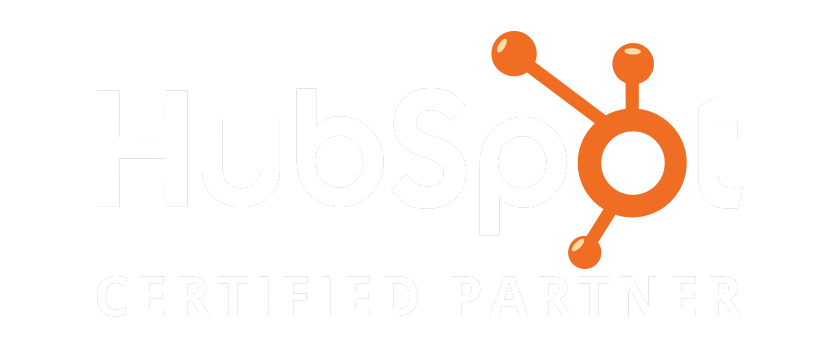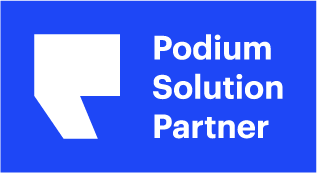When you first open a business, you probably did not expect to need to become an expert in digital marketing, too. Chances are you thought you needed to know how to do your job and that would be plenty.
Alas, the world has changed and now you need to know how to do it all, or you need to hire someone who knows digital marketing. Bake More Pies falls into the latter category. Although we know advertising and marketing, and we can handle it all for you, we need you to know the lingo and understand why we might recommend Pay Per Click (PPC) advertising to you over a different type.
Using Paid Clicks in Advertising
The wide world of advertising has many facets. Most people know the original meaning which referred to a text or banner ad that the Web surfer clicked on to earn a small payment. While that still exists, the concept morphed and grew. It now refers to purchasing advertising that the client pays for each time the ad receives a click.
If you have ever used a loyalty program such as MyPoints, the ads it emails to users that earn them a few points when they click the included link belong to the PPC family. When the user earns hundreds or thousands of points for making a purchase or registering for a service, we refer to that as Pay Per Action (PPA) advertising. The two concepts work together.
Today, sites like Google Adwords sell this type of advertising and feature the ads on websites as well as in search engine results. This means you enhance the activity your search engine optimization (SEO) achieves by also purchasing paid placement in the search engine results. By using the Google Display Network, you can choose the websites on which your ads display so your advertising only appears on relevant sites. That ad placement betters your chances of clicks, thereby increasing visits to your websites and potentially increasing the number of people moving through your sales funnel. Besides Google Ads, you should also explore Bing Ads, the Microsoft offering tied to its search engine which ranks as Google’s top competitor.
Social media platforms like Facebook and Instagram also offer this type of advertising. You can receive unlimited impressions, meaning times your ad shows to people, and only pay for the clicks received. On Facebook, for example, that refers to many actions including a click through to your website or Facebook page, a post like, a post comment, etc.
Terms to Know and Love
Before we go any further, you need to know and understand a few terms because they get batted around in the marketing office and online. Some of them require a textbook definition because the average person does not have the context to just figure them out. Such is the case for our first term which hearkens back to print newspaper.
Above-the-fold: The term above-the-fold came into use in the earliest days of print journalism when newspapers were printed on a press, then folded once the ink dried. The top story appeared just beneath the newspaper’s title and its headline and first few paragraphs appeared above the fold line of the newspaper. In online terminology, it refers to the top search engine results, typically the first few that appear on the initial screen of the results. If you have to scroll down, it is not above-the-fold. Since marketing still uses both print and digital methods, this term refers to both.
Ad Copy: The term ad copy refers to the text of the advertisement. The graphics or videos comprise a separate part of display ads.
Bounce Rate: The term bounce rate refers to the number of individuals who visit your website as a click-through, but then turn around and leave.
Click-Through Rate: The term click-through rate (CTR) refers to the ratio that expresses the percentage of individuals who click on your advertisement when shown it.
Conversion: The term conversion refers to successful interaction between the advertisement and the viewer. The thing that determines whether the ad converted a viewer differs depending on your goal. If you want newsletter signups then an individual registering for your newsletter counts as a converting. If you want website visitors, you convert when the user clicks through to your webpage. Converting could be a product sale.
Conversion Rate: The term conversion rate refers to the ratio of impressions show the number of conversions. If you receive 100 impressions from your keywords on an ad for your new newsletter but get 26 newsletter signups, you earned a rate of 26 percent.
Impression: The term impression refers to a showing of the advertisement online. Each time page loads with your advertisement showing on it, that connotes an impression. When you purchase a 1,000-impression package, you purchase 1,000 times your ad will show to site visitors. You need not do the math because tools like Google Analytics does it for you.
Impression Share: The term impression share refers to the ratio of impressions served by possible impressions. This appears most often in discussions of Google and Bing ads. In search engine advertising, you choose keywords to prioritize. When an individual search for the keyword you chose, your ad could show. If people searched for your term 1,000 times, but the ad only shows half of that or 500 times, you have a share of 50 percent.
Call to Action: The term call to action (CTA) refers to the short message in an advertisement or blog or email that tells the viewer or listener to call your business, visit it, or buy your product. When a radio ad says, “Call us now at 1-800-555-1234 to schedule your appointment!”, they have included a CTA.
Paid Traffic: The term paid traffic refers to visitors to your website, social media accounts, etc. that you obtained by purchasing advertising. You paid for the mechanism that got them there, so you paid for the traffic.
Organic Traffic: The term organic traffic refers to visitors to your website, social media accounts, etc. that you obtained by natural means. Forget the kale grown without fertilizer or pesticides. This refers to individuals who visited your online marketing because of word of mouth or because they saw it on a friend’s social media account or they read a great review of your business.
Search engine results page: The term search engine results page (SERP) refers to the page showing the results of an individual’s search term. Its acronym is pronounced surp which rhymes with slurp. Each business should have a goal of landing on page one of the SERP in the top slot.
It is not about one type of ad either. You have text ads, display ads and shopping ads. You need to know the full range of possibilities available to you and how they work together to help you meet your goals.
Bringing It All Together
Now that you know the lingo, you can probably see how paying for clicks can fit into a larger digital marketing strategy. You do not literally bribe people to click on your page. You simply pay to place an advertisement so that people find out that you have a page. Your ad tells them a little bit about your business and if they choose to do so, they click on it and look at your Twitter or website or product landing page.
You likely did not expect to need to learn Google Analytics or Gemini when you started your company. You had no idea that ad extensions would become something you had to know inside and out. Bake More Pies feels for you. We do not fix our own cars and trucks. We hire a mechanic. Both of our office dogs go to the vet. We are here for you to help you with digital marketing, including paid advertising & PPC management, organic advertising, and working with your publicist to gain you more free press through public relations.
Contact Bake More Pies to learn more about paid clicks can help you build your SEO. We can help you move more people through your sales funnel!



